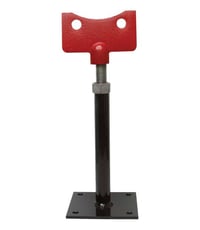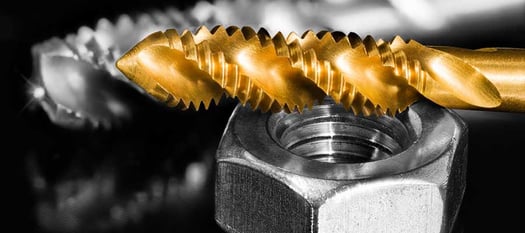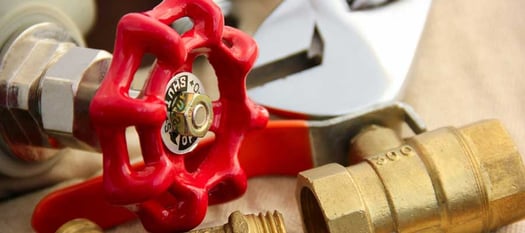Over the years, pipe stands have become an important feature for many water utility systems. But what's the history of these stands, why have they been designed as they are and what are some potential issues they face? Here's a quick rundown on pipe stands and what you need to do to keep them functioning well for your water utility.
The original pipe stands were probably very crude devices used to meet a range of needs. Simple stones would be stacked or a log would have a notch hewn into it and the pipe placed on top to be supported. But the stones would settle or the log eventually would rot, requiring a better solution. Iron was the next evolution of the pipe stand, but the metal would often have issues with rusting and pitting, causing it to fail eventually, even though it would maintain the pipe's position more reliably than its stone or wood predecessors. As the industry continued to develop. steel became the gold standard for pipe stands. However, these still faced particular issues. Until recently they didn't have any way to adjust the height, requiring exacting measurements to get the proper heights. They would still rust, and pipes simply sat on top of the stand, a problem in earthquake country.
The best of today's pipe stands should have rust-proof paint to seal them and provide the longest possible lifespan, an adjustable screw jack to provide adaptability to field conditions and are drilled to allow the pipe to be securely anchored rather than simply depending on gravity to keep the pipe in place. It has a curved cradle to hold the pipe in place, allowing the weight of the pipe to be distributed evenly across both the pipe's exterior and the top of the stand, making it much less likely that there will be issues from a single pressure point on the pipe.
But what are some design issues that still plague pipe stands today? Though corrosion issues can be avoided by having rust-resistant paint on the exterior, the use of sulfuric acid to chemically dose the water can cause severe corrosion issues on older, unprotected pipe stands. Systems implementing reverse osmosis water treatment can have issues with scaling, which is also commonly treated with sulfuric acid. In areas where there is some amount of supply line leakage, this can wreak havoc on pipe stands, causing premature failure if not maintained properly. Fortunately, regular cleaning and inspection manage these issues quite well.
Though pipe stands are a fairly common feature in a water utility's daily grind, they serve an important purpose and must be maintained properly to function as designed. If you need help finding the right pipe stands for your purposes, the experts at Team Red Hed are ready to help. Please feel free to contact us today with any questions or to place an order. At Red Hed, our focus is on providing you with the best possible fittings and fixtures needed with an eye for tomorrow's regulatory environment.











